Why Everyone Missed the Most Mind-Blowing Feature of Cryptocurrency
There’s one incredible feature of cryptocurrencies that almost everyone seems to have missed, including Satoshi himself.
But it’s there, hidden away, steadily gathering power like a hurricane far out to sea that’s sweeping towards the shore.
It’s a stealth feature, one that hasn’t activated yet.
But when it does it will ripple across the entire world, remaking every aspect of society.
To understand why, you just have to understand a little about the history of money.
The Ascent of Money
Money is power.
Nobody
knew this better than the kings of the ancient world. That’s why they
gave themselves an absolute monopoly on minting moolah.
They
turned shiny metal into coins, paid their soldiers and their soldiers
bought things at local stores. The king then sent their soldiers to the
merchants with a simple message:
“Pay your taxes in this coin or we’ll kill you.”
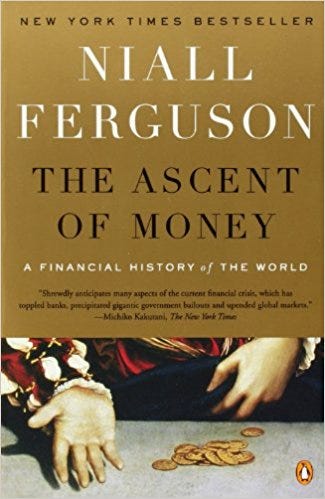
That’s
almost the entire history of money in one paragraph. Coercion and
control of the supply with violence, aka the “violence hack.” The one
hack to rule them all.
When
power passed from monarchs to nation-states, distributing power from
one strongman to a small group of strongmen, the power to print money
passed to the state. Anyone who tried to create their own money got
crushed.
The reason is simple:
Centralized
enemies are easy to destroy with a “decapitation attack.” Cut off the
head of the snake and that’s the end of anyone who would dare challenge
the power of the state and its divine right to create coins.
That’s what happened to e-gold
in 2008, one of the first attempts to create an alternative currency.
Launched in 1996, by 2004 it had over a million accounts and at its peak
in 2008 it was processing over $2 billion dollars worth of
transactions.
The
US government attacked the four leaders of the system, bringing charges
against them for money laundering and running an “unlicensed money
transmitting” business in the case “UNITED STATES of America v. E-GOLD, LTD, et al.”
It destroyed the company by bankrupting the founders. Even with light
sentences for the ring leaders, it was game over. Although the
government didn’t technically shut down e-gold, practically it was
finished. “Unlicensed” is the key word in their attack.
The power to grant a license is monopoly power.
E-gold was free to apply for interstate money transmitting licenses.
It’s just they were never going to get them.
And of course that put them out of business. It’s a living, breathing Catch-22. And it works every time.
Kings and nation states know the real golden rule:
Control the money and you control the world.
And so it’s gone for thousands and thousands of years. The very first emperor of China, Qin Shi Huang
(260–210 BC), abolished all other forms of local currency and
introduced a uniform copper coin. That’s been the blueprint ever since.
Eradicate alternative coins, create one coin to rule them all and use
brutality and blood to keep that power at all costs.
In the end, every system is vulnerable to violence.
Well, almost every one.
The Hydra
In
decentralized systems, there is no head of the snake. Decentralized
systems are a hydra. Cut off one head and two more pop-in to take its
place.

In 2008, an anonymous programmer, working in secret, figured out the solution to the violence hack once and for all when he wrote:
“Governments are good at cutting off the heads of centrally controlled
networks like Napster, but pure P2P networks like Gnutella and Tor seem
to be holding their own.”
And the first decentralized system of money was born:
Bitcoin.
It was explicitly designed to resist coercion and control by centralized powers.
Satoshi
wisely remained anonymous for that very reason. He knew they would come
after him because he was the symbolic head of Bitcoin.
That’s
what’s happened every time someone has come forward claiming to be
Satoshi or when someone has been “outed” by the news media as Bitcoin’s
mysterious creator. When fake Satoshi Craig Wright came out, Australian
authorities immediately raided his house. The official reason is always spurious. The real reason is to cut off the head of the snake.
As
Bitcoin rises in value, the hunt for Satoshi will only intensify. He
controls at least a million coins that have never moved from his
original wallets. If VC Chris Dixon is right and Bitcoin rocket to $100,000 a coin,
those million coins will shoot up to $100 billion. If it goes even
higher, say a $1 million a coin, that would make him the world’s first
trillionaire. And that will only bring the hammer down harder and faster
on him. You can be 100% sure that black ops units would be gunning for
him around the clock.
Wherever he is, my advice to Satoshi is this:
Stay anonymous until your death bed.
But
resistance to censorship and violence are only one of a number of
incredible features of Bitcoin. Many of those key components are already
at work in a number of other cryptocurrencies and decentralized app
projects, most notably blockchains.
Blockchains
are distributed ledgers, the third entry in the world’s first
triple-entry accounting system. And breakthroughs in accounting have
always presaged a massive uptick in human complexity and economic
growth, as I laid out in my article Why Everyone Missed the Most Important Invention in the Last 500 Years.
But
even triple-entry accounting, decentralization and resistance to the
violence hack are not the true power of cryptocurrencies. Those are
merely the mechanisms of the system, the way it survives and thrives,
bringing new capabilities to the human race.
The ultimate feature is one that Bitcoin and current cryptocurrencies have only hinted at so far, a latent feature.
The true power of cryptocurrencies is the power to print and distribute money without a central power.
Maybe that seems obvious, but I assure you, it’s not. Especially the second part.
That power has always rested with the divine right of kings and nation-states.
Until now.
Now that right returns to its rightful owners: The people.
And that will blow open the doors of world commerce, sowing the seeds for Star Trek like abundance economics, leaving the Old World Order of pure scarcity economics in the pages of history books.
There’s just one problem.
Nobody has created the cryptocurrency we actually need just yet.
You see, Satoshi understood the first part of the maxim, the power to print money. What he missed was the power to distribute that money.
The
second part is actually the most crucial part of the puzzle. Missing it
created a critical flaw in the Bitcoin ecosystem. Instead of
distributing the money far and wide, it traded central bankers for an
un-elected group of miners.
These miners play havoc with the system, holding back much needed software upgrades like SegWit for years and threatening pointless hard forks in order to drive down the price with FUD and scoop up more coins at a depressed price.
But what if there was a different way?
What if you could design a system that would completely alter the economic landscape of the world forever?
The key is how you distribute the money at the moment of creation.
And the first group to recognize this opportunity and put it into action will change the world.
To understand why you have to look at how money is created and pushed out into the system today.
The Great Pyramid
Today, money starts at the top and flows down to everyone else. Think of it as a pyramid.

In fact, we have a famous pyramid, with a third eye, on the dollar itself.
One of the most cliched arguments against Bitcoin is that it’s a Ponzi or “pyramid” scheme.
A pyramid scheme rests on the original creators of the system roping in
as many suckers as possible, paying them for enrolling people in the
system rather than by offering goods and services. Eventually you run
out of people to bring in and the whole things collapses like a house of
cards. A Ponzi scheme is basically the same, in that you dupe the
original investors with fake returns on their initial investment, a la
Bernie Madoff, and then get them to rope in more suckers because they’re
so elated by the huge returns.
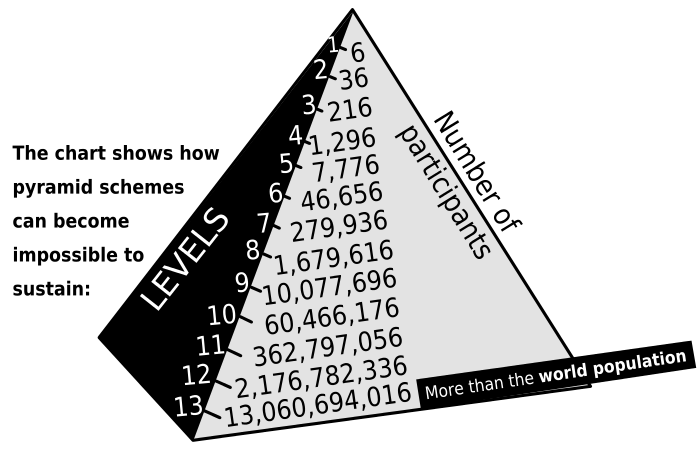
The
irony of course is that fiat currency, i.e. government printed money
like the Yen or US dollar, is closer to a pyramid scheme than Bitcoin.
Why? Because fiat money is minted at the top of the pyramid by central
banks and then “trickled down” to everyone else.
The only problem is, it doesn’t trickle down all that well.
It
moves out to a few big banks, who either lend it to people or give it
to people for their labor. In fact, having a job or getting a loan are
the primary methods that people at the bottom of the pyramid get any of
the money. In other words, they trade their current time (with a job) or
their future time (with a loan) for that money. It’s just that their
time is a limited resource and they can only trade so much of it before
it runs out.
Think
of economics as a game. Everyone in the system is a player, looking to
maximize their advantage and the advantage of their team (a company,
their family and friends, etc.) to get more of the money. But to start
the game you need to initially distribute the money or nobody can play. Distributing money sets the playing field.
Now
if you were in charge of the money, how would you distribute it to the
network? You’d want to keep as much of it for yourself as possible, so
you’d set the rules to maximize your own personal advantage. Of course
you would! That’s what anyone in their right mind would do, maximize
their own power to keep it for as long as possible.

That’s precisely what the kings and queens of the ancient world did, and that’s what nation states do today. As Naval Ravikant said in his epic series of tweets on blockchain,
today’s networks are run by “kings, corporations, aristocracies, and
mobs.” “And the Rulers of these networks [are] the most powerful people
in society.”
That’s why every single system in the history of the world has distributed the money in one way:
From the top down.
Because it maximizes the advantage of the kings and mobs at the top.
Unfortunately,
that means most of the money never really leaves the top. It stays
right there, as wasted and frozen potential that’s never realized. There
is little to no incentive for the money to move. Since money is power,
hoarding it is literally hoarding more power and nobody would willingly
give up that power.
In other words, the game is rigged.
What we need is a way to reset the game.
Up until now, our prospects looked very dim.
For example, we could pass a law, like a Universal Basic Income (UBI).
That would give everyone a stream of money, pushing it out across the
entire playing field and giving more people a chance to participate in
the system. If more people can participate, we unlock all kinds of
hidden and untapped value.
How
many great inventors never managed to create their next breakthrough
because they were stuck driving a bus seven days a week to feed their
family, with no hope of free time or any clear path to digging
themselves out of debt? How many great writers went to their graves
never having written their great novel? How many budding scientists
never discovered the cure to cancer or heart disease?
The
problem with all of the plans before now, from UBI to socialism (high
taxes on the rich to spread the wealth across the game) is that to redistribute the money after it’s already been distributed is nearly impossible.
The people with that money rightfully resist its redistribution. And as
Margret Thatcher said “The trouble with Socialism is that eventually
you run out of other people’s money.”
But what if the money is NOT already distributed?
What if we don’t have to take it from anyone at all?
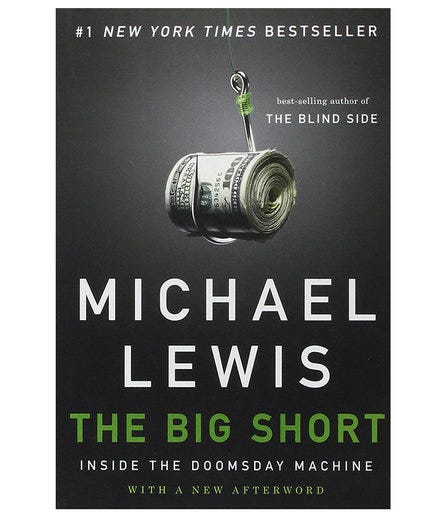
That’s
the missed opportunity of all of today’s cryptocurrencies.
Cryptocurrencies are creating new money. And unlike credit markets,
which only pretend to expand the money supply, by lending it out 10x
with fractional reserve lending,
cryptocurrencies are literally printing money. And they aren’t loaning
it to people, they’re giving it to them for their service to the
network.
It’s like microloans, without the loans.
As
Naval said: “Society gives you money for giving society what it wants,
blockchains give you coins for giving the network what it wants.”
So instead of giving all the money to a small group of miners, what if we could do better? A lot better?
We can.
I outlined one way in the an article about the Cicada project, How We Deliver a Universal Basic Income Right Now and Save Ourselves from the Robots. The
Cicada design flips the idea of mining on its head. Everyone on the
network is a miner and nobody can have more than one miner.
Miners are drafted randomly
to keep the network running smoothly. You might be walking along,
getting coffee and your phone gets called on to secure the network for a
few minutes. After that it goes right back to sleep. As a reward, you
might win new coins for doing nothing but having the application on your
phone. Simple right?
Because everyone is eventually drafted, everyone gets paid, in essence creating a UBI right now.
And that’s just one way.
If
you think about it you can come up with dozens. Oh and don’t get caught
up with thinking the only way to do this is with an ID. Lots of ways to
randomly draft miners without that too. The key is to free your mind of
the “Satoshi box” and think different.
What we really need is to completely gamify the delivery of money, distributing it far and wide at the moment of creation.
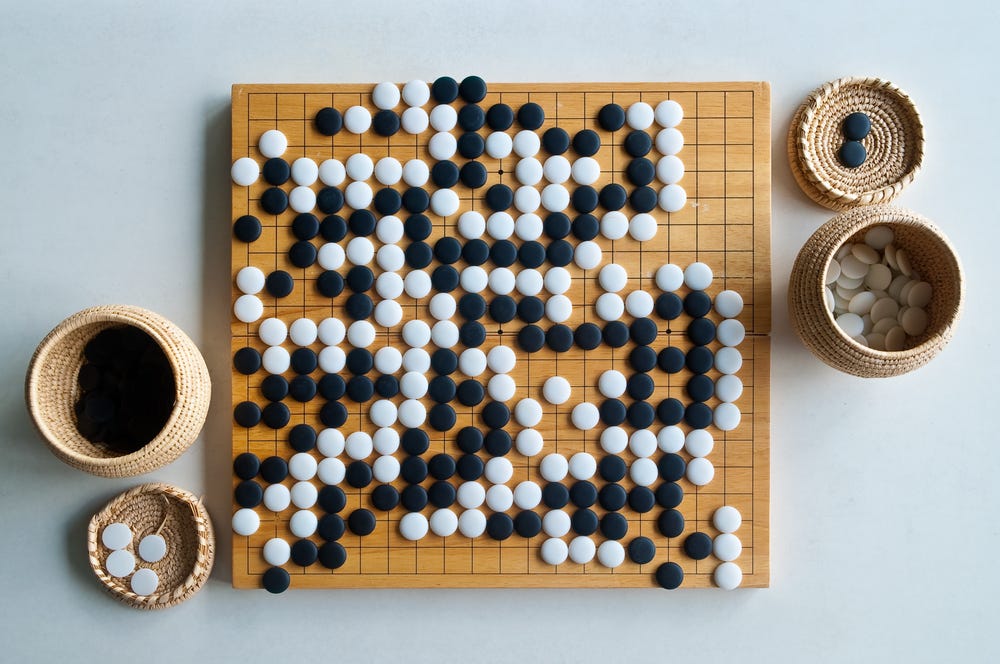
Give
it out as rewards for using apps, or as distributed mining fees, or as
shared cuts of the mining fees to organizations that provide value to
the network are just a few more ways to do it right. Those are just the
tip of the iceberg. There are thousands of ways but we just haven’t been
thinking about the problem the right way.
In other words, we missed the real power of Satoshi’s creation: the distribution of money.
The first system that truly gamifies the delivery of money will rocket to exponential growth, upending the current system for good. That will set the initial playing field dynamically
and allow players who never would have gotten into the game to compete.
The more people who can participate, the more efficient and valuable
the network becomes.
“Networks have “network effects.” Adding a new participant increases the value of the network for all existing participants.”
Right
now, we’re not adding new participants fast enough to the cryptonets of
tomorrow. The system is still vulnerable to the violence hack. Gamified
money is the answer to exponential growth.
If
the system can grow large enough, fast enough, it will become an
unstoppable juggernaut, and the rest of the economic universe will need
to come over to the new playing field.
Once
the Amazons and Google’s of the world join the playing field, their
self-preservation instinct will kick in and they’ll want to protect and
expand it. And this new network will behave differently. Instead of
rewarding just the people at the top, who’ve been rigging the rules in
their favor since the beginning of time, the game will completely reset
with a new set of rules.
What’s best for the whole network, not just the few players at the top, is best.
“Blockchains
are a new invention that allows meritorious participants in an open
network to govern without a ruler and without money. They are
merit-based, tamper-proof, open, voting systems. The meritorious are
those who work to advance the network. Blockchains’ open and merit based
markets can replace networks previously run by kings, corporations,
aristocracies, and mobs.”
Those
that join the network and help it grow will thrive and flourish with
it. It will amplify their own value, making it grow faster than at any
point in history. Every ounce they give to the system will magnify their
own rewards.
By
contrast, economies that stand against the network, attempting to
cripple it with arbitrary rules, will pay a heavy price. The system will
stretch across the globe and only the most essential rules will take
root, because in order to upgrade a distributed system, you need vast
consensus across the network. Since people can generally only agree on
big, essential solutions, no self-defeating, narrow-minded rules will be
allowed.
Let’s
say that a country decides to restrict ICOs to their citizens
altogether or make cryptocurrencies illegal. Instead of killing the
network, the rules will blow back on their creators. Only their own
people will suffer, as they won’t be able to participate in the
explosion of new potential that ICOs bring to the table, draining money
out of the economy into rival economies. Even worse, if they make
cryptos illegal, they’ll simply drive that money underground, which will
keep them from getting tax from their citizens, which will starve them
of revenue.
As
the system spreads it will put people back in control of their own
financial power. No one will be able to take your money from you. And
that is a good thing.
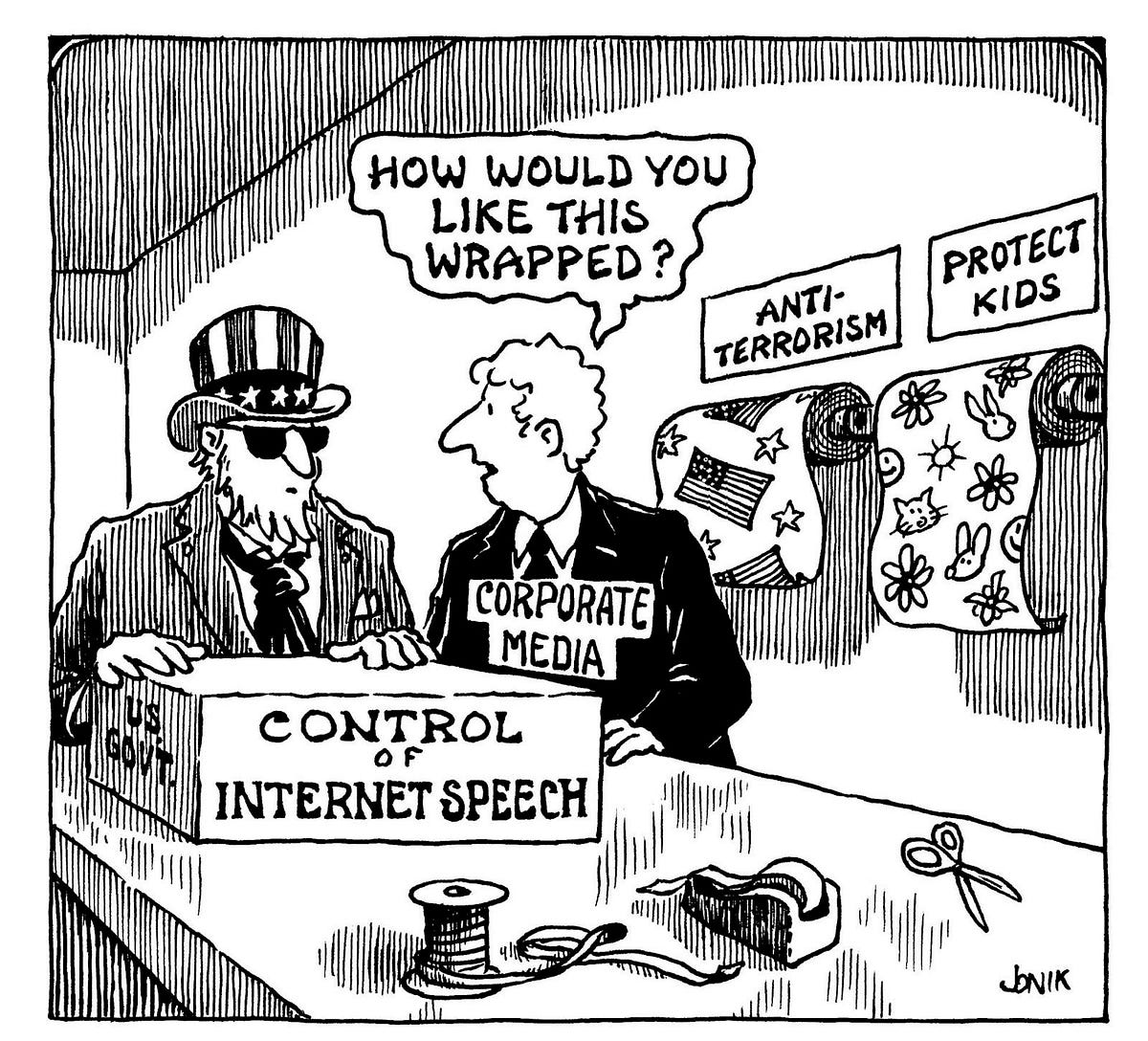
Of
course, not everyone thinks so. Some folks always worry that people
will do bad things with this power, like commit crimes. But people will
always do bad things. They do those things now and they always have.
Crippling the system for everyone just to get those people is the height
of insanity. It has never worked and it never will.
Still, some people will never believe that.
They
trust their central powers unquestioningly. All you have to do is wrap
up your argument in “protecting the children” or “fighting terrorism”
and you can generally fool half of the people half of the time about any
terrible policy you want.
Yet
I’ve found that people who see central systems as the answer to
everything have usually lived in a stable central system for their whole
lives.
A few days in an unstable system would change their minds very quickly.
Don’t believe me?
Imagine you lived in Syria right now.
Your
central infrastructure is destroyed, as is your money. You don’t want
the war, but there’s nothing you can do about it. Now your house is
gone, your friends and family are dead, your banks are bombed out and
you’re cast out, adrift, homeless and penniless. Even worse, nobody
wants you. The world has shifted from open borders to building walls
everywhere. You’re not welcome anywhere, you can’t stay where you are and you’re broke.
But what if your money was still there, recorded on the blockchain, waiting for you to download and restore a deterministic wallet and give it the right passphrase to restore it?
How much easier would it be to start your life over?
Cryptocurrencies
finally offer a way for us to control our own destiny. For the very
first time in the history of the world, we have a way to generate and
distribute money without a central power. People will have control over
the money they rightfully earned.
And
even better, instead of setting the playing field so the game is always
rigged, we can set the game up the way it was always meant to be
played, with open competition and flexible rules in a dynamic system
that allows everyone to compete.
But
we need to think big. We need to find a way to distribute the money far
and wide without taking it from everyone else. Do that and we change
the game forever.
That’s what my team is working on. Want to talk? Find us in DecStack.com.
Centralized money is the ultimate chain.
Cut that chain and you free the world.


Nessun commento:
Posta un commento